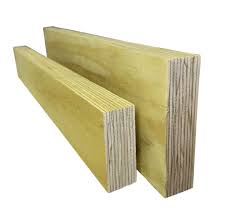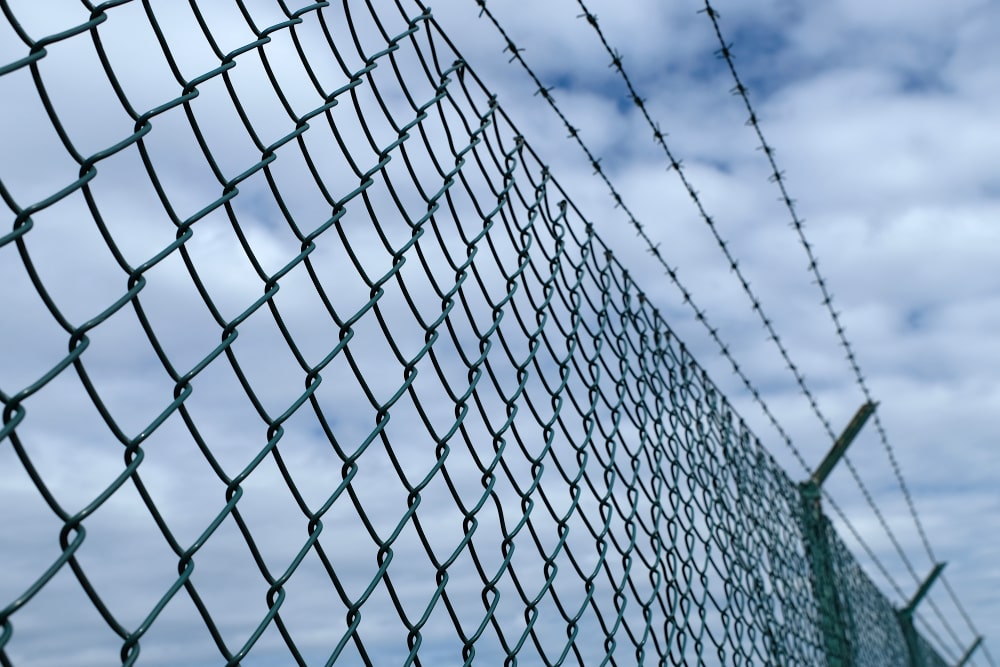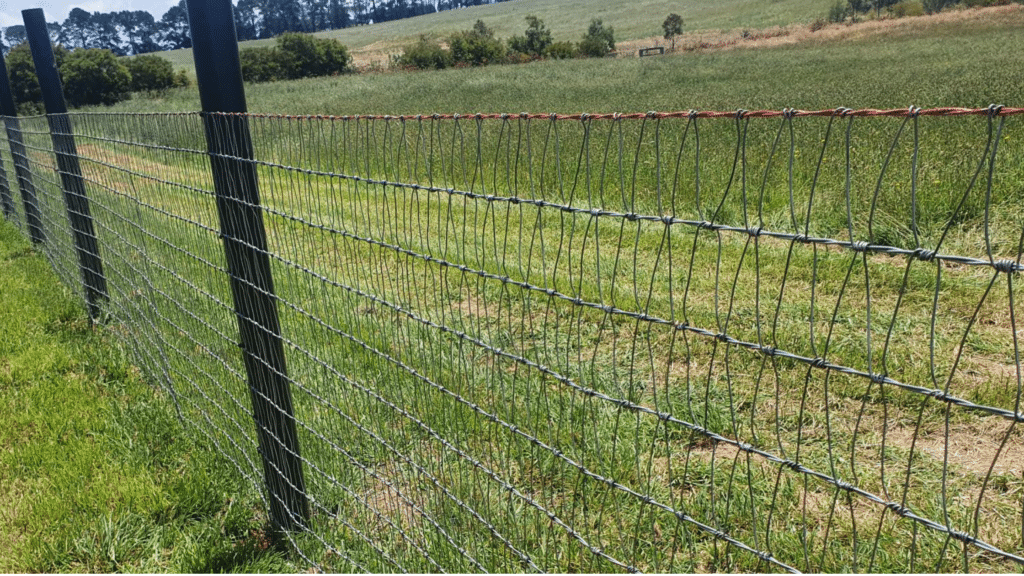What Are the Average LVL Timber Formwork Prices Across Australia?
What Is LVL Timber Formwork and Why Is It Popular in Australia?
LVL (Laminated Veneer Lumber) timber formwork is an engineered wood product manufactured by bonding multiple layers of thin wood veneers together with exterior-grade adhesive under heat and pressure. This process creates a structural material that delivers four times the strength of the original log, making it an exceptional choice for demanding construction applications.
The manufacturing process of LVL timber formwork begins with carefully selected radiata pine logs, typically sourced from Australia’s sustainable plantation forests. These logs are rotary-peeled to produce thin veneers, which are then dried, graded, and arranged with their grain running parallel. The veneers are coated with phenolic resin adhesive and pressed together under controlled conditions, resulting in large billets that can be cut to precise dimensions. This controlled production method eliminates natural timber defects like knots and splits, delivering consistent quality across every piece.
The Standout Benefits of LVL Timber Characteristics
Australian construction professionals favour LVL timber formwork for several compelling reasons. The material boasts a strength-to-weight ratio double that of steel, allowing workers to handle larger sections without heavy lifting equipment. This characteristic alone reduces labour costs and improves site efficiency.
Durability ranks among the most valued LVL timber characteristics. The engineered composition resists warping, twisting, and splitting far better than traditional solid timber. When properly maintained, LVL formwork can withstand multiple concrete pours, delivering excellent return on investment through extended service life.
The compression strength of quality LVL products matches high-performance concrete, making it ideal for load-bearing applications. This strength doesn’t compromise workability – carpenters can cut, drill, and fasten LVL using standard woodworking tools, unlike steel alternatives that require specialised equipment.
Sustainability and Environmental Credentials
Sustainability drives much of LVL’s popularity in Australian construction markets. The product utilises fast-growing radiata pine from managed plantation forests rather than old-growth timber. This renewable resource approach aligns with green building standards and corporate environmental commitments.
The manufacturing process maximises log utilisation, converting up to 85% of the raw material into usable product. Offcuts and waste can be repurposed for other applications or used as biomass energy sources, further reducing the environmental footprint associated with production.
By choosing LVL timber formwork over conventional materials like steel or concrete, builders contribute to sustainable construction practices while benefiting from the unique advantages offered by this innovative wood product.
What Are the Main Factors Influencing LVL Timber Formwork Prices?
There are several key factors that affect the prices of LVL timber formwork. Understanding these factors can help you make informed decisions when purchasing.
1. Size Dimensions
Size dimensions directly determine material costs and manufacturing complexity. Larger beams requiring more veneer layers and adhesive naturally command higher prices, with length, thickness, and width each playing distinct roles in the final cost structure.
Dimensional Impact on Pricing
The physical dimensions of LVL timber formwork represent the most significant LVL price factors affecting your purchase. A standard 150×77 mm beam at 6 metres length uses substantially more raw material than a 90×45 mm equivalent, translating to proportional cost increases. Thickness particularly influences price because each additional millimetre requires extra veneer layers and bonding processes during manufacture.
Width variations affect pricing through material utilisation rates at the mill. Wider beams may generate more off-cuts during production, increasing waste costs that manufacturers pass to buyers. Length specifications also matter—longer beams demand careful handling during production and transport, adding logistical expenses to the base material cost.
2. Geographic and Competitive Influences
Supplier location creates substantial price variations across Australian markets. Metropolitan suppliers in Sydney, Melbourne, and Brisbane typically offer more competitive rates due to higher market competition and proximity to manufacturing facilities, whilst regional suppliers may add transport premiums to compensate for distance from production centres.
Market competition intensity varies dramatically between states. Victoria and New South Wales host numerous LVL suppliers competing for commercial construction projects, driving prices down through competitive tension. Queensland’s expanding construction sector has attracted more suppliers, improving price competitiveness in recent years. Western Australia and Northern Territory markets face limited supplier options, resulting in higher baseline prices despite strong local demand.
Transport costs from plantation forests to processing facilities, then to end-users, create regional price disparities. Radiata pine plantations concentrated in specific regions mean suppliers closer to these sources enjoy lower raw material acquisition costs, potentially offering better pricing to local buyers.
3. Quality Standards and Certification Costs
Environmental certifications and quality standards add measurable premiums to LVL timber formwork pricing. Products meeting Australian Standards AS/NZS 4357 undergo rigorous testing protocols, with compliance costs reflected in retail prices. Manufacturers investing in quality assurance systems charge more than those offering uncertified alternatives.
Sustainability certifications such as PEFC (Programme for the Endorsement of Forest Certification) or FSC (Forest Stewardship Council) further influence pricing by appealing to environmentally conscious consumers willing to pay a premium for responsibly sourced materials.
How Much Does LVL Timber Formwork Cost on Average Across Australia?
Average LVL formwork prices in Australia typically range from $185 to $250 per individual beam for standard 6-metre lengths, with bulk pack rates offering significant savings. Australian timber formwork costs vary substantially based on dimensions, with smaller sections starting around $120 and larger structural beams exceeding $300 per piece.
Standard Size Pricing Benchmarks
The most commonly used 150×77 mm LVL beams at 6-metre length represent a pricing sweet spot in the market. Individual boards of this specification retail between $185 and $220 depending on supplier and location. A 200×45 mm beam in the same length typically costs $160 to $195, whilst heavier-duty 300×63 mm sections command prices from $240 to $285 per beam.
Thinner formwork sections designed for specific applications show different pricing structures:
- 75×35 mm beams (6m): $85–$115 per piece
- 90×45 mm beams (6m): $105–$140 per piece
- 120×45 mm beams (6m): $135–$170 per piece
- 240×45 mm beams (6m): $205–$245 per piece
Bulk Purchase Pack Rates
LVL beam prices drop considerably when purchasing full packs rather than individual boards. A standard pack of 150×77 mm formwork beams (6m length) containing 45 pieces costs approximately $8,325, translating to roughly $185 per beam. This represents a 15-20% saving compared to purchasing the same quantity as individual boards.
Pack configurations vary by supplier and beam dimensions. Smaller section beams often come in packs of 60-80 pieces, whilst larger structural sections may be packaged in quantities of 25-35. A pack of 200×45 mm beams (60 pieces) typically retails around $9,600, averaging $160 per beam compared to $180-195 when bought individually.
The cost advantage of pack rates becomes more pronounced with larger orders. Construction projects requiring multiple packs
How Do Regional Differences Affect LVL Timber Formwork Pricing?
Regional price variation in Australia creates significant cost disparities for LVL timber formwork, with metropolitan buyers often paying 10-15% less than their regional counterparts. State-based pricing differences stem from a complex interplay of supply chain logistics, local market dynamics, and proximity to manufacturing facilities.
Which States Typically Offer the Most Competitive Pricing?
New South Wales and Victoria consistently demonstrate the most competitive timber costs by state, primarily due to their concentration of manufacturing facilities and higher supplier density. Sydney and Melbourne markets benefit from direct access to multiple LVL producers, creating price competition that drives rates down. Queensland follows closely behind, particularly in Brisbane and the Gold Coast regions where construction demand remains robust.
Western Australia and South Australia face elevated costs, with prices typically 8-12% higher than eastern seaboard markets. The distance from primary manufacturing hubs in NSW and Victoria compounds transportation expenses, directly impacting final pricing structures.

Tasmania presents an interesting case, with competitive pricing despite its island location, thanks to local plantation forestry operations and shorter supply chains for radiata pine sourcing.
How Do Transportation Costs Shape Regional Pricing Structures?
Freight expenses represent a substantial component of regional price variation, accounting for 15-25% of total costs in remote areas. A 6-metre LVL beam transported from Sydney to regional Western Australia can accumulate $50-80 in additional freight charges per unit, compared to metropolitan delivery costs of $15-25.
Distance from manufacturing facilities creates a cascading cost effect:
- Metropolitan areas (0-50km radius): Minimal freight impact, typically $10-20 per unit
- Regional centres (50-300km radius): Moderate freight costs, adding $25-45 per unit
- Remote locations (300km+ radius): Substantial freight burden, increasing costs by $50-100+ per unit
Bulk orders partially offset these expenses through consolidated shipping, yet regional buyers still face inherent disadvantages compared to metropolitan purchasers.
Does Radiata Pine Availability Influence Regional Cost Structures?
Plantation-sourced radiata pine availability directly correlates with regional pricing advantages. Areas proximate to established pine plantations benefit from reduced raw material transportation
What Are the Cost Benefits of Choosing LVL Timber Formwork Over Alternatives?
LVL timber formwork delivers significant cost advantages when compared to traditional solid lumber and steel alternatives, with initial pricing often 20-30% lower than steel formwork systems. A standard 150x77mm LVL beam costs approximately $185 per unit, whilst equivalent steel beams can exceed $280, making the upfront investment considerably more attractive for construction projects of any scale.
Direct Material Cost Comparisons
LVL vs steel formwork cost analysis reveals substantial differences across multiple dimensions:
- Weight-related savings: LVL’s strength-to-weight ratio doubles that of steel, reducing crane hire costs and manual handling requirements
- Installation efficiency: Lighter materials mean faster assembly times, cutting labour expenses by up to 40%
- Equipment needs: Standard carpentry tools suffice for LVL, eliminating the need for specialised welding or cutting equipment required for steel
Traditional solid timber presents its own cost challenges. Whilst individual hardwood beams might appear cheaper initially, their inconsistent quality leads to higher rejection rates and increased waste. LVL’s uniform composition ensures every piece meets structural specifications, reducing material wastage from 15% to under 3%.
Durability Translates to Long-Term Value
Laminated veneer lumber advantages become most apparent through extended use cycles. LVL formwork maintains structural integrity through 50-100 concrete pours when properly maintained, compared to 20-30 pours for standard timber and requiring complete replacement after corrosion damage for steel in aggressive environments.
The mathematics of replacement frequency reveals compelling savings:
- LVL lifespan: 5-7 years of active use in typical formwork applications
- Solid timber lifespan: 2-3 years before warping and degradation necessitate replacement
- Steel maintenance: Annual anti-corrosion treatments adding $15-25 per square metre
A construction company investing $50,000 in LVL formwork can expect 6 years of service, whilst the same investment in traditional timber would require two complete replacements within that period, effectively doubling the material budget to $150,000.
Reduced Operational Expenses
L
How Can Buyers Ensure They Get the Best Value for LVL Timber Formwork?
Securing the best value requires strategic sourcing and thorough supplier evaluation. Australian construction projects can significantly reduce costs whilst maintaining quality by implementing smart buying tips LVL timber formwork professionals use regularly.
Should You Request Quotes from Multiple Suppliers?
Comparing at least three to five suppliers delivers competitive pricing advantages that single-source purchasing cannot match. The Australian LVL timber formwork market features considerable price variation between metropolitan and regional suppliers, with differences sometimes exceeding 15-20% for identical specifications.
Request detailed written quotes that specify:
- Exact dimensions and grade classifications
- Price per unit and bulk pack rates
- Delivery costs and timeframes
- Payment terms and available discounts
- Minimum order quantities
Regional suppliers near plantation forests may offer lower base prices due to reduced transportation costs, whilst metropolitan distributors might provide faster delivery and broader product ranges. Negotiating timber prices Australia-wide becomes more effective when armed with multiple competitive quotes as leverage.
How Important Is Product Quality Assessment?
Price alone never guarantees value when quality inconsistencies lead to structural failures or project delays. Examining product specifications alongside pricing ensures the LVL timber formwork meets Australian Standards AS/NZS 4357 for structural laminated veneer lumber.
Key quality indicators include:
- Veneer consistency: Uniform layers without gaps or voids
- Adhesive integrity: Exterior-grade bonding suitable for concrete formwork exposure
- Dimensional accuracy: Tolerance levels within ±2mm for critical applications
- Surface finish: Smooth faces that won’t damage concrete finishes
Request sample pieces before committing to large orders, particularly when trialling new suppliers. Physical inspection reveals manufacturing quality that specifications alone cannot communicate. Some suppliers provide test certificates documenting strength properties and moisture content, which validate claimed performance characteristics.
Can Bulk Purchasing Reduce Overall Costs?
Volume commitments unlock substantial savings through pack rates and contractual pricing structures. The difference between individual board purchases and bulk pack rates often represents 20-30% cost reduction per linear metre.
Standard pack configurations typically contain 45 pieces for common beam sizes like 150x77mm, with per-pack pricing offering better value than single-unit purchases.

Conclusion
What Are the Average LVL Timber Formwork Prices Across Australia? Understanding the pricing landscape helps construction professionals make strategic purchasing decisions that balance immediate costs with long-term value.
The summary LVL prices Australia reveals significant variation depending on dimensions, supplier location, and purchase volume. Standard 150x77mm beams at 6m length typically cost around $8,325 per pack (45 pieces), though individual board prices and bulk rates differ substantially across regions. Metropolitan areas often offer more competitive pricing due to supplier density, whilst regional locations may face higher transportation costs.
Choosing timber formwork wisely requires looking beyond the initial price tag. LVL timber formwork delivers exceptional value through:
- Superior strength-to-weight ratio reducing labour costs during installation
- Extended lifespan minimising replacement frequency and waste
- Consistent quality from engineered manufacturing processes
- Environmental credentials supporting sustainable construction practices
Smart procurement strategies amplify these benefits. Comparing quotes from multiple suppliers uncovers price variations that can impact project budgets by thousands of pounds. Bulk purchasing arrangements and long-term contracts frequently unlock discounted rates that individual orders cannot match.
Quality verification remains paramount. Products meeting Australian standards and carrying relevant certifications—particularly for fire resistance and sustainability—protect against substandard materials that compromise structural integrity and project timelines. The lowest price rarely represents the best value when factoring in performance, durability, and compliance requirements.
Construction budgets benefit most when buyers evaluate the total cost of ownership rather than focusing solely on upfront expenses. LVL timber formwork’s durability and reusability often offset higher initial costs compared to traditional alternatives, delivering savings across multiple projects.
Ready to source LVL timber formwork for your next project? Request detailed quotes from certified suppliers, specify your exact requirements, and negotiate bulk rates to maximise your construction budget whilst maintaining the quality standards your projects demand.
FAQs on LVL Timber Formwork
LVL (Laminated Veneer Lumber) is an engineered wood product made by bonding multiple layers of thin wood veneers with exterior-grade adhesive under heat and pressure. It is stronger and more durable than traditional timber.
Its popularity stems from high strength-to-weight ratio, durability, consistent quality, and sustainability. It reduces labor costs, withstands multiple concrete pours, and uses plantation-sourced radiata pine.
LVL is lighter than steel, easier to handle, and more durable than traditional timber. It requires standard woodworking tools, reduces labor costs, and lasts longer, providing a lower total cost of ownership.
Key factors include beam size (length, width, thickness), supplier location, market competition, transport costs, and product certification or quality standards.
Standard 150x77mm beams at 6m length range from $185–$220 per beam, with bulk packs offering 15–20% savings. Prices vary by dimensions, region, and supplier.
Metropolitan areas like Sydney and Melbourne typically have more competitive pricing due to supplier density, while regional and remote areas face higher transport costs that increase prices.




